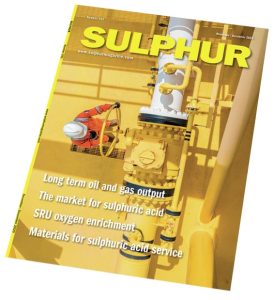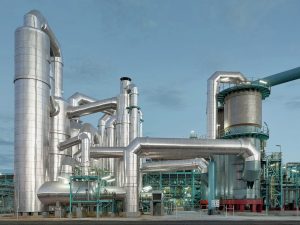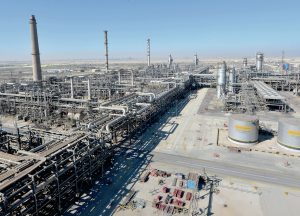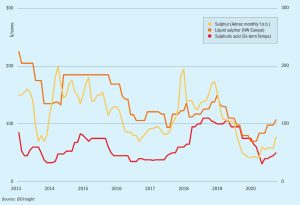
Can you spare a nickel?
Metal markets are used to ups and downs, and, as we discuss elsewhere in this issue, this year has seen more than most, mainly thanks to the virus that is still keeping us indoors – as I write this, the UK has just moved back into a second national ‘lockdown’. However, this year has seen the fortunes of one metal in particular simply rise and rise – nickel.









